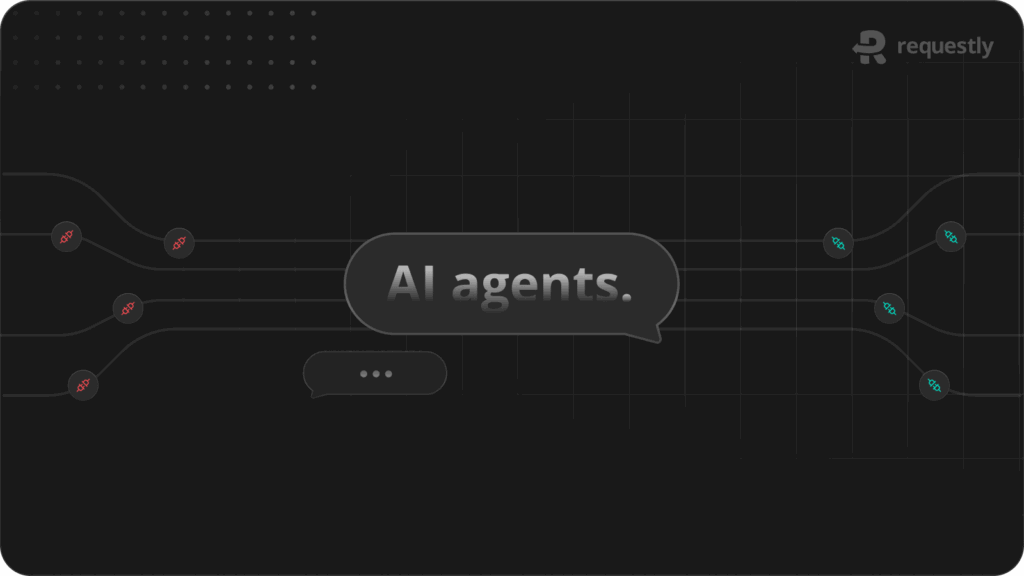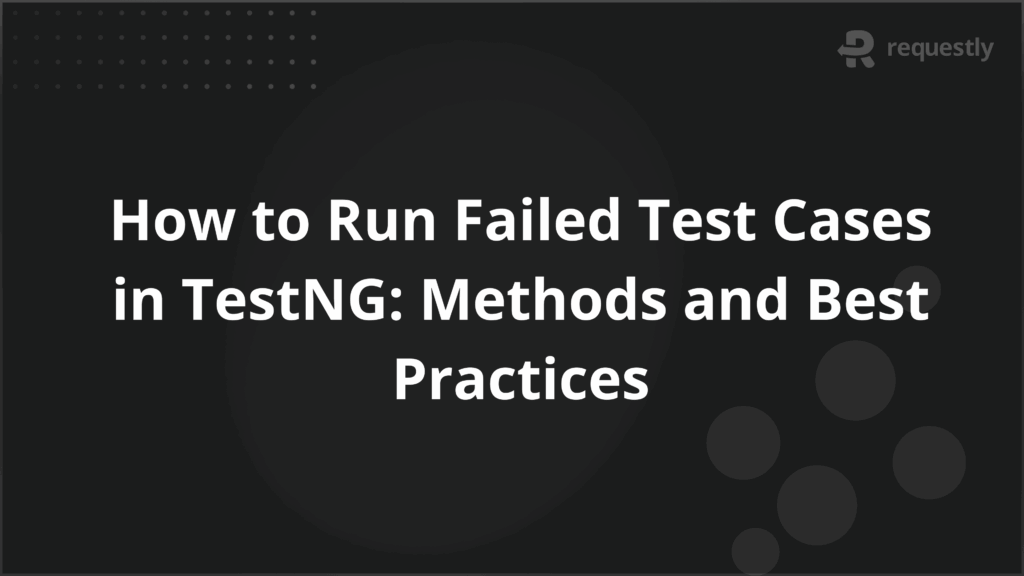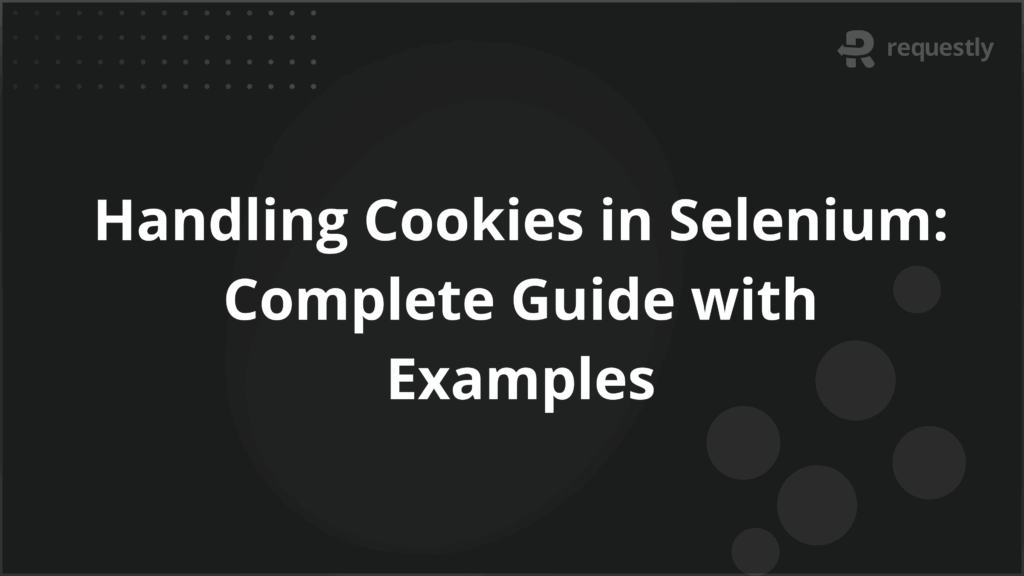How AI Agents Unlock New Integration Paradigms Beyond Traditional APIs

APIs have long been the backbone of enterprise automation. They work brilliantly for predictable, structured workflows think record creation, payment processing, or connecting CRM systems. But business processes are rarely that neat. Emails arrive in inconsistent formats, invoices vary by vendor, and customer requests are messy and context-rich. Updating API logic to cover every variation is expensive and slow.
AI agents open up new possibilities here. Instead of relying only on rigid schema-matching, they can interpret unstructured inputs, make contextual decisions, and then pass validated actions back into deterministic APIs. The result isn’t an API replacement—it’s a layered system where agents and APIs complement each other.
Economical Comparison: Agents vs APIs
Here’s how the economics differ at a high level:
Factor | APIs | AI Agents (LLM/NLP) |
Cost per call | $0.001–$0.005 | $0.05–$0.10 |
Latency | Sub-second, deterministic | 2–10 seconds |
Maintenance | Low, once deployed | Requires monitoring, prompt tuning, retraining |
Error handling | Well-defined, rule-driven | Requires validation, prone to hallucinations |
So why pay ~10x more per call and accept higher latency? Because in messy workflows, speed and cost per transaction matter less than judgment and adaptability. Here we are also not considering GPU cost, OpenAI or inference cost, and security overhead.
A global bank piloting memo analysis with an LLM-powered agent reported a 60% increase in analyst productivity and 30% faster credit approvals. Despite each agent call costing more, the overall ROI was positive because the system eliminated manual review bottlenecks.
We’re already seeing providers lean into this model. Zapier AI lets users add GPT-based steps to automation pipelines. Salesforce Einstein GPT integrates agents to interpret customer messages before invoking CRM APIs. Microsoft Copilot automates tasks in Office apps by blending natural language with underlying APIs.
Migration Strategy: Augment, Don’t Replace
- Pilot in low-risk areas: Start with email triage, invoice tagging, or categorizing support tickets.
- Keep APIs as the backbone: Use APIs for deterministic, auditable actions like updating a CRM record or posting a payment.
- Add agent layers gradually: Expand to semi-structured workflows (e.g., expense report processing, compliance checks) once accuracy and validation layers are proven.
- Instrument everything: Tools like LangSmith or Weights & Biases can track agent accuracy, latency, and token costs, giving teams visibility into ROI.
Failure Scenarios & Fallback Patterns
- Confidence thresholds: Only commit outputs above a set certainty score; low-confidence items go to human review.
- Timeouts: If inference exceeds, say, 5 seconds, route to a simpler API workflow so the system stays responsive.
- Circuit breakers: Suspend agent involvement if error rates exceed safe thresholds.
- Validation layers: Check for duplicates, formatting errors, or business-rule violations before persisting data.
- Audit trails: Log every decision, prompt, and output for compliance and troubleshooting.
Architectural Example: Email to CRM
- Pre-processing: Extract text, attachments, metadata.
- Agent reasoning: Identify contact details, intent (support vs sales), urgency.
- Validation engine: Deduplicate records, enforce field formats, apply business rules.
- API gateway: Push structured data into CRMs like HubSpot or Zoho.
- Fallback: Low-confidence outputs route to a manual review queue.
- Monitoring: Track accuracy, latency, and business outcomes (conversion rates, support SLAs).
Agent-Enabled Use Cases Unlocking New Value
- Email Context: Tag emails as per the context and share with relevant teams. Ex. Support tickets can be parsed for feature requests and update roadmaps
- Github & Code context: Analyse PRs and other updates and share company wide context around whats happening.
- Fraud detection: Agents analyze transaction descriptions for anomalies, then trigger API-driven account holds.
- Customer support: Agents interpret freeform chat, classify intent, and resolve or escalate tickets through CRM APIs.
- HR automation: Agents parse resumes or candidate emails, then populate structured ATS systems via APIs.
Each of these scenarios requires contextual reasoning beyond fixed rules, but still benefits from APIs’ reliability once the decision is clear.
Cost Scenarios in Practice
Imagine processing 10,000 customer emails a day:
- Pure API approach: You’d need rigid templates, regex rules, and ongoing developer time to handle edge cases. Let’s say $0.005 per API call = $50/day. But maintenance costs balloon as formats shift.
- Agent + API hybrid: At $0.05 per agent call = $500/day. Higher direct costs, but reduced developer hours, faster handling, and fewer escalations. If it saves 5 FTEs worth of manual review (~$500/day in labor), the economics balance out.
This is why CFOs care about total workflow cost, not just API call cost.
Conclusion: Best of Both Worlds
APIs remain foundational—fast, cheap, auditable. But they’re brittle against unstructured, dynamic inputs. AI agents add adaptability, context-awareness, and intelligence. The future isn’t choosing one over the other, but building hybrid architectures where:
- Agents interpret messy inputs.
- Validation layers enforce safety.
- APIs execute deterministic actions.
This combination lets enterprises automate workflows once thought too unpredictable for machines—boosting productivity without sacrificing compliance or reliability.
In short: APIs are the rails, agents are the conductors. Together, they unlock a new era of enterprise integration.
Contents
Subscribe for latest updates
Share this article
Related posts






















